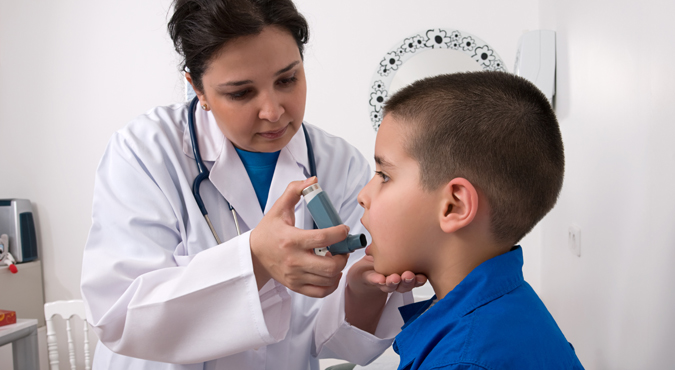April 12: San Francisco (California) [US]: According to a new study, providing follow-up care after an asthma-related visit to the emergency department may help children avoid future visits.
The findings were reported in the journal ‘Academic Pediatrics.’
Previous research on the relationship between asthma-related emergency department visits and follow-up found either no protective effect or that follow-up was paradoxically associated with increased use of the emergency department, possibly because sicker patients in the emergency department were more likely to get follow-up but were also more likely to have severe asthma and subsequent visits, according to the researchers.

According to the researchers, if all visits were followed up on, approximately 72,000 subsequent visits to the emergency department could be avoided, saving millions of dollars.
In the current study, patients aged 3 to 21 who received follow-up care within two weeks of an asthma-related visit to the emergency department were 13% less likely to return to the emergency department for asthma within 60 days, and 13% less likely to return for asthma in the following year.
In the current study, only 23% of patients received follow-up care, despite clinical practise guidelines recommending that all patients be referred for follow-up within a month of an emergency department visit for asthma. Patients who received it were younger and more likely to have commercial insurance, complex chronic conditions, and a history of asthma from previous ER visits.
“An urgent ER visit for asthma may indicate that the child requires daily asthma medications to better control their asthma, or that they are having difficulty avoiding asthma triggers or recognising symptoms,” said Naomi Bardach, MD, a UCSF paediatrics professor and the study’s lead author.
“Follow-up visits are an opportunity to educate the family and child on asthma management, prescribe new medications if necessary, and ensure success in receiving prescribed medications,” she added.
According to the CDC, asthma is the most common paediatric chronic disease, affecting 9% of school-aged children and contributing to over 500,000 visits to the emergency department for children each year.
The researchers identified asthma-related emergency department visits using claims data from California, Massachusetts, and Vermont. Patients were most likely to see a paediatrician (71%), then a family medicine physician (17%), a general internist (9%), and a pulmonologist or immunologist (3%).

The current study’s findings of a protective effect from follow-up may reflect changes in primary care asthma management, which have resulted in more effective asthma control. According to the authors, such changes are likely to include a stepwise approach to using daily medications and improved provider adherence to recommendations to prescribe daily inhaler medication for patients with persistent asthma.
“Follow-up care requires a collaborative effort from emergency department clinicians, primary care clinicians, and families.” “The protective effect of the subsequent visit 14 days later — even a year later — suggests that having an existing and trusting relationship with a clinician is part of what is helpful,” Bardach said.
“Primary care and emergency department clinicians can assist families by assisting in the establishment and maintenance of primary care connections,” Bardach concluded. (ANI)









































